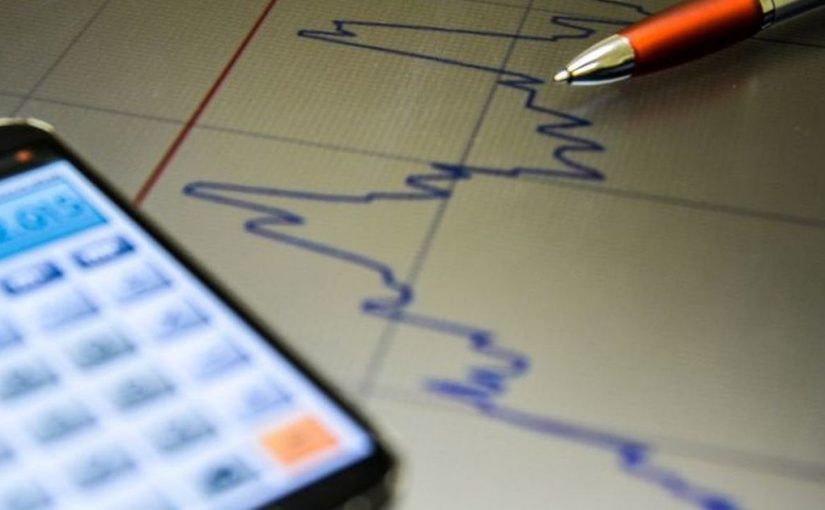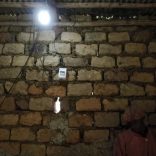African Energy Week: Major LNG projects in Mozambique, Nigeria edge closer to FID amid tight global ...
Mozambique: GDP remains heavily dependent on the extractive industry and mining sector – AIM report

File photo: Lusa
Mozambican government figures show that the country’s gross domestic product (GDP) is heavily dependent on the extractive industry and the mining sector, which reached 10.55% in 2022, to stand at 32.58% in the first quarter of 2023 and 42.71% in the second quarter of the same year.
In fact, no other sector of the economy achieved a similar performance, and several sectors experienced the opposite, namely construction, which fell by 10.31%, the manufacturing industry, down by 7.77%, and fisheries, with a decrease of around 9.16%.
According to the executive, globally, real GDP grew by 4.17% in the first quarter of 2023 and 4.67% in the second quarter of the same year.
“In terms of the most recent sectoral dynamics, in relation to GDP growth in the third quarter of the current year, the impetus given by the extractive industry stands out with a variation of 43%, with a prevailing structure of the GDP dominated by the agricultural sector and related activities that justify around 23% of global production, followed by the transport, logistics and communications sector with 11.2%,” the government reports.
This trend consolidates Mozambique as one of the world’s important exporters of high-value ores such as coal, graphite and rubies, which further adds to the country’s challenges in the global market for precious stones and metals.
While gains are reported in the national mining sector, perspectives on the future of the industry are also influenced in a context in which the planet tries to harmonize energy challenges and mineral exploration.
Recently, at the inauguration of the Geology Laboratory of the National Institute of Mines (INAMI) in Maputo, a project which cost the state 190 million meticais, President of the Republic Filipe Nyusi emphasized the need for more transparency in the commercialization of minerals.
Nyusi highlighted that mining is one of the sources of revenue from exports and that the sector had significant growth, representing 10.4% of GDP in 2022, compared to 9.8% in 2021 and just 1.8% in 2011.
The president also mentioned the importance of strict supervision and control of artisanal mining, highlighting that more than 229,000 small producers are active in the area, generating income for more than 800,000 individuals, and stressing the government’s commitment to promoting transparency and sustainable development of the mining sector in Mozambique.
Geert Klok, Chairman of the Chamber of Mines of Mozambique (CMM), an entity that represents a large part of the mining value chain, establishing partnerships between various actors that act in the mining value chain inside and outside Mozambique, spoke, in a recent interview to Profile, about the contribution and challenges of the industry, highlighting graphite as one of the minerals considered fundamental for achieving the objectives and Mozambique as sources of this raw material.
In Mozambique, the extractive industry experienced significant growth, rising from 1.8% of GDP in 2011 to close to 10.6% in 2022, an increase that, in around a decade, reflects the development of the Moatize coal project in Tete province, as well as that of six heavy sands projects in Moma, Pebane and Chibuto, in the provinces of Nampula, Zambézia and Gaza respectively.
Overall, the country’s economic prospects, in a context of slowing inflation and exchange rate stability, as a result of restrictive measures now implemented, and given cooperation and normal weather conditions, indicate growth close to 5.5% of GDP in 2024, a goal that the government hopes to achieve or even surpass.
The trend will be driven by the vigour of the extractive industry, presaged by the restart of the development phase of the onshore modules of the Golfinho Atum natural gas project in Rovuma Basin Area 1, the capitalization of the railway-port corridors, investments in road and air mobility, and the growth of tourism.












Leave a Reply
Be the First to Comment!
You must be logged in to post a comment.
You must be logged in to post a comment.